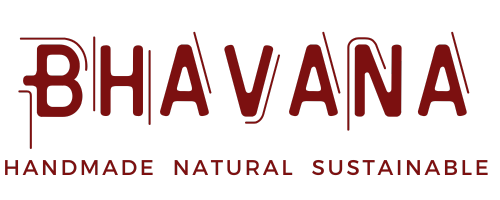The Hemp plant grows abundantly in the Himalayan region (India, Nepal, China) and has been used traditionally for fibers, ropes, shoes and seeds by local people in Uttarakhand. The climate of the state is favorable for the cultivation of Hemp.

Most farmers in Uttarakhand were struggling to make ends meet. They had given up cultivation as most of their crops were destroyed by animals like monkeys, birds, or due to weather forces. This led to farmers leaving their homes to work as laborers in cities, leading to a break up of their family life and social structure .
In 2017 hemp cultivation was first legalized by Uttarakhand. The legal cultivation of “Industrial Hemp” has brought a solution to their problems, able to return to their homes, and restart their lives through sustainable and economically viable hemp farming; improving living conditions by promoting the growth of hemp and its diverse usages.

Hemp has diverse usages; it has more than 25,000 use cases in industries such as clothing, nutrition to packaging and even housing. For example, It can be used to produce paper (4-5 months vs. 20 year old trees), nutritional seeds (omega 3, lanolin), biodegradable plastic (toxin-free), industrial concrete (more efficient), oil paints, candles (long lasting), sanitary pads (reusable), batteries (8x stronger than Lithium). Lego, the Danish toy brand, is committed to using Hemp plastics by 2030.

Hemp Fabrics
Sustainability -Hemp is a plant fiber similar to cotton but grows incredibly fast. It can be harvested as early as 3 months. Best of all, Hemp doesn’t rely on harmful chemicals and pesticides to grow and, in return, also adds nutrients to the soil. Hemp can produce fabric that takes up one-third of the total water consumed by cotton.

Durability and Functionality - It’s one of the strongest natural fibers and is three times stronger than cotton. So, you can use hemp clothing and use it for more than a decade. It is also light-weight and more breathable. It becomes softer with use.

Customizability - You can blend it with any other fiber. cotton plus hemp is one favorite combo; you get the strength of hemp while keeping the soft feel of cotton. Hemp is also combined with Lyocell; making it more drapable.

Naturally Hypoallergenic- Perfect for sensitive skin and Hemp’s antibacterial properties produces less odor. It is also said to protect from UV rays.
On the downside, Hemp fabrics are not so color friendly and they can also be wrinkly, like cotton. But the benefits more than outweigh the disadvantages.

Process:
The process of making hemp begins by separating the long strands of fibers that make up the stalk of the plant. This process of separation is known as “retting”. When the fibers are separated, it is ready to convert into fiber by spinning the yarn.

Bhavana Handlooms is proud to partner with Himalayan Hemp weavers to bring to you Hemp clothing and accessories like bags.



1 comment
I need the price details of these bags …..and sarees too …can you send the details of varieties of all types bags ,,sarees….Thank you